I used to provide a daily list of links on this blog of science stories I found interesting. I gave that up and took down the link-posts to focus on my personal writing, but I still share links through social media. Here’s my favorite science stories of 2011.
Space
NASA finalized the retirement of the Space Shuttle program with the announcement of their final resting places, with Washington DC, Los Angeles and Orlando getting real shuttles for their museums and New York getting the wooden training vessel (Nyah! Nyah! Nyah!). NASA also unveiled the Space Launch System (SLS) next generation of manned space explorations vehicles that will (hopefully) be taking us to Mars. Along the same goal, the Mars500 completed its 17 month simulated mission, complete with isolation and delayed communications as a partial proof of concept that humans can survive the trip to the red planet.
Gravity Probe B (GP-B) confirmed the geodetic effect and frame-dragging aspects of Einstein’s theory of gravity, that the Earth and other large masses swirl spacetime as they spin like a ball rotating in honey.
The Hubble successor, the James Webb Telescope barely kept its funding after it was projected to run billions over budget. We still might see further into the Universe.
China’s space race continued on its modest schedule, allowing geeks like me to vicariously enjoy the pride of its citizens as they make greater and greater strides into space.
Physics
The world didn’t end and there’s no Higgs Boson yet, but replication of the neutrinos moving faster than light finding provided opportunity for geeky jokes like, “A neutrino and a photon walk into a bar. For 60 nanoseconds, the neutrino complains about how dark it is.” and made physicists sweat.
The LHC also found a difference in the decay rate of D-mesons that could explain why there’s so much matter in the Universe left over from the Big Bang.
By replacing one of the electrons in a helium atom with a much heavier muon elementary particle, scientists were able to get the atom to act like a hydrogen atom; within minutes the geeks at Slashdot had figured out how much less the modified atom would raise your voice.
Computer Science
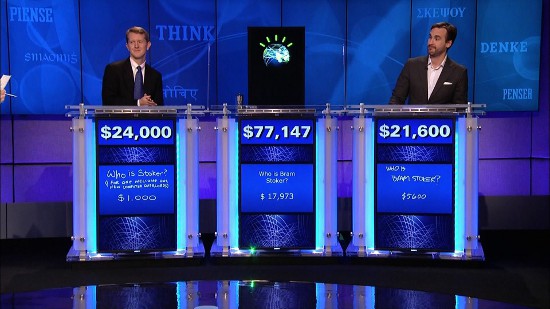
IBM Watson
IBM’s Watson Computer trounced its human competitors at Jeopardy. It must be one of the greatest joys for anyone to build something greater than yourself.
MIT replicated a single synapse on a chip using 400 transistors to digitally simulate the analogue communication between neurons in the brain, with the next step to be stringing these chips together to replicate parts of the brain.
Berkeley scientists used a neat trick of having people watch videos, recording their brain waves, and then using the video to approximate what others were seeing in their mind’s eye from reading their brain waves.
Earth Science
The year marking the 150th Birthday of Climate Change Theory brought ever more support to the theory that the world is getting warmer due to human-made carbon emissions. Shortly after the sixth independent review of the “Climategate” non-story found no misconduct in August, a reanalysis of the same data (now all publicly available) partially funded by the oil industry and conducted by an outspoken climate skeptic, Dr. Richard Muller, confirmed Global Warming was happening and turned Muller into a believer.
Archaeology
The greatest known predator from 500 million years ago, anomalocaris, was discovered to have fantastic compound eyes.
The discovery of other raptor-like dinosaurs with feathers cast Archaeopteryx’s status as the missing link between birds and dinosaurs into doubt because there are too many candidates for the missing link.
Australopithecus sediba joined the human family tree.
A high schooler found an improved arrangement for solar cells based on the Fibonacci arrangement found in plant leaves.
Biology
Pet parrots escaped to the wild were found to be teaching other birds to talk.
Two studies confirmed having more friend increased gray matter in parts of the brain responsible for social networking.
Roger Ebert put the smack down on 3-D movies, explaining why the muscles in our eyes and the perception of our brains cannot grok with a flat screen making 3-D demands on our perceptions.
Politics
The organization Science Debate stayed strong this year and Shawn Lawrence Otto stirred up some buzz with his new book Fool Me Twice: Fighting the Assault on Science in America. Looking forward to what the organization accomplishes this upcoming election cycle.
In a year of austerity measures, science fought to maintain funding… okay, not really, more like lay down and let politicians cut whatever they wanted, but nothing was accomplished in the gridlocked house and senate.
The American Government did manage to pass the America Invents Act, intended to stop patent-trolling, but may turn out to be a gift to large corporations as it move the country to a “first-to-file” rather than first to invent standard.
Alternative medicine killed Steve Jobs.
Republican presidential candidates fell over themselves attacking Climate Change and Evolution (and one even attacking Immunizations), and a Fox News host wondered if volcanoes on the Moon disproved Global Warming, leading to an awkward moment with Bill Nye.
On the Left, Belgian protesters destroyed a field of GM potato plants being researched for blight resistance.
Wonder
It was a great year for time-lapse videos as first someone took the photographs from the Cassini mission and merged them together into a beautiful fly-by of Saturn and its moons, a whole night at the ALMA Array Operations Site (AOS) made for Earth-bound wonder, the view from the ISS orbiting the Earth was enchanting, and, best of all, 14 years of Hubble photos showing gases jetting and expanding light years away, demonstrating just how dynamic are our night skies (see also the supernova in the Pinwheel Galaxy 21 million light years away in August).
The Sagan Series took the words of the most amazing exponent of science and provided music and imagery to do them poetic justice.
The awesomely geeky and science-riddle video game Portal 2 provided much puzzling amusement.
The Royal Society put its entire history of journals online open access.
Personal Life
The biggest news in our lives is the welcoming of Sagan Charles Somma to our family fold. It’s been a big change in our lifestyles, but an ever-rewarding experience as we get to enjoy a feeling of love unlike anything we‘ve experienced before.
Vicky’s photo of a Rhododendron looming menacingly over an American Chestnut sprout won the American Chestnut Foundation’s photo contest.
I made Slashdot in November, pushing this blog to a record 7,000 hits in one day and stressing me out for a week as POGO and other organizations scrutinized my data and found some glaring and embarrassing errors. Thank the Cosmos for peer-reviews.
Borders going out of business provided me an opportunity to stock up on coffee table books, the one thing for which the digital world has failed to provide an adequate replacement.
mxplx broke 1,000 memes (all me). The tool is fantastic for what I need it for, so I’m not worried that I haven’t found anyone else for whom it’s useful.
Although I haven’t updated my resume, I quit my job with the Coast Guard and have started working in the development of applications for Food Safety labs across the nation, making my life as a Computer Scientist now a Computer Scientist in the service of science. Woo Hoo!
Life is great, so my New Year’s resolutions are pretty light. With science as my candle in the dark, 2012 can only bring more illumination.
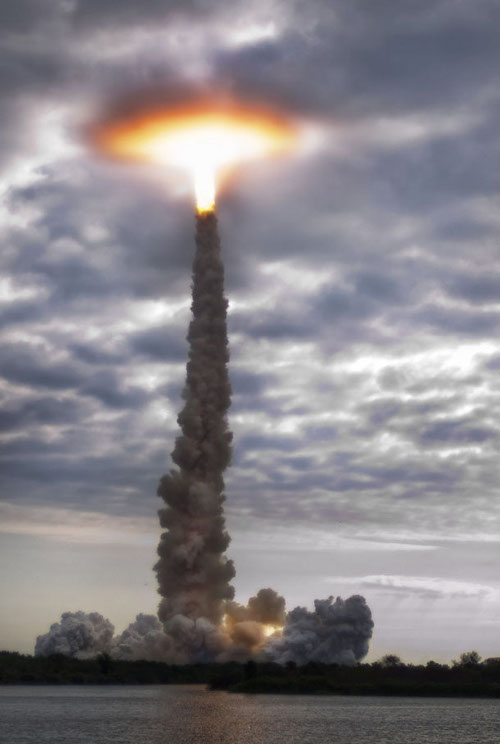
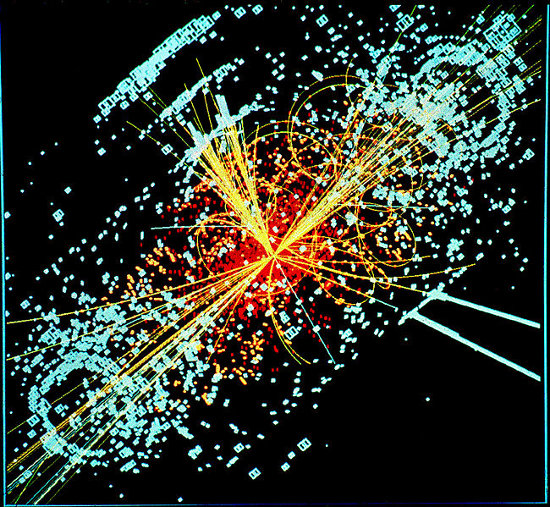
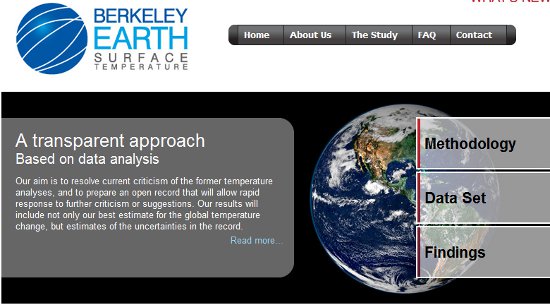

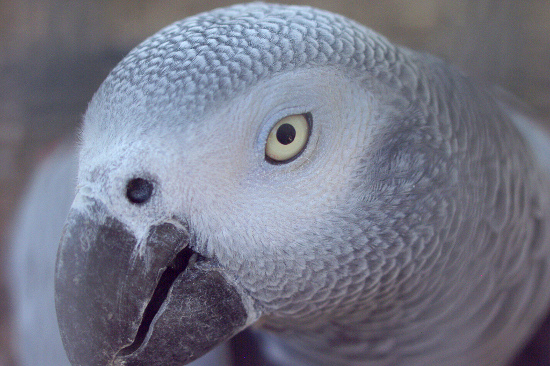
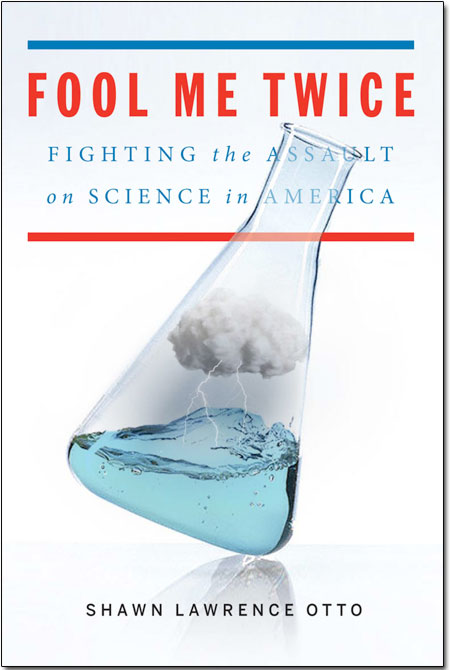
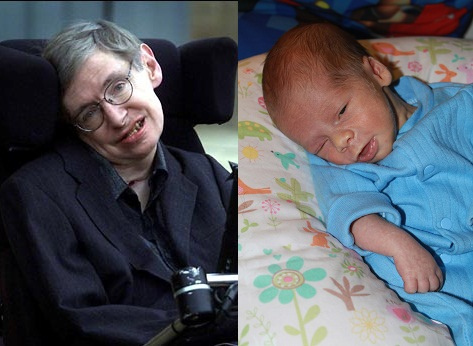
Comments
One response to “Science Yearbook 2011”